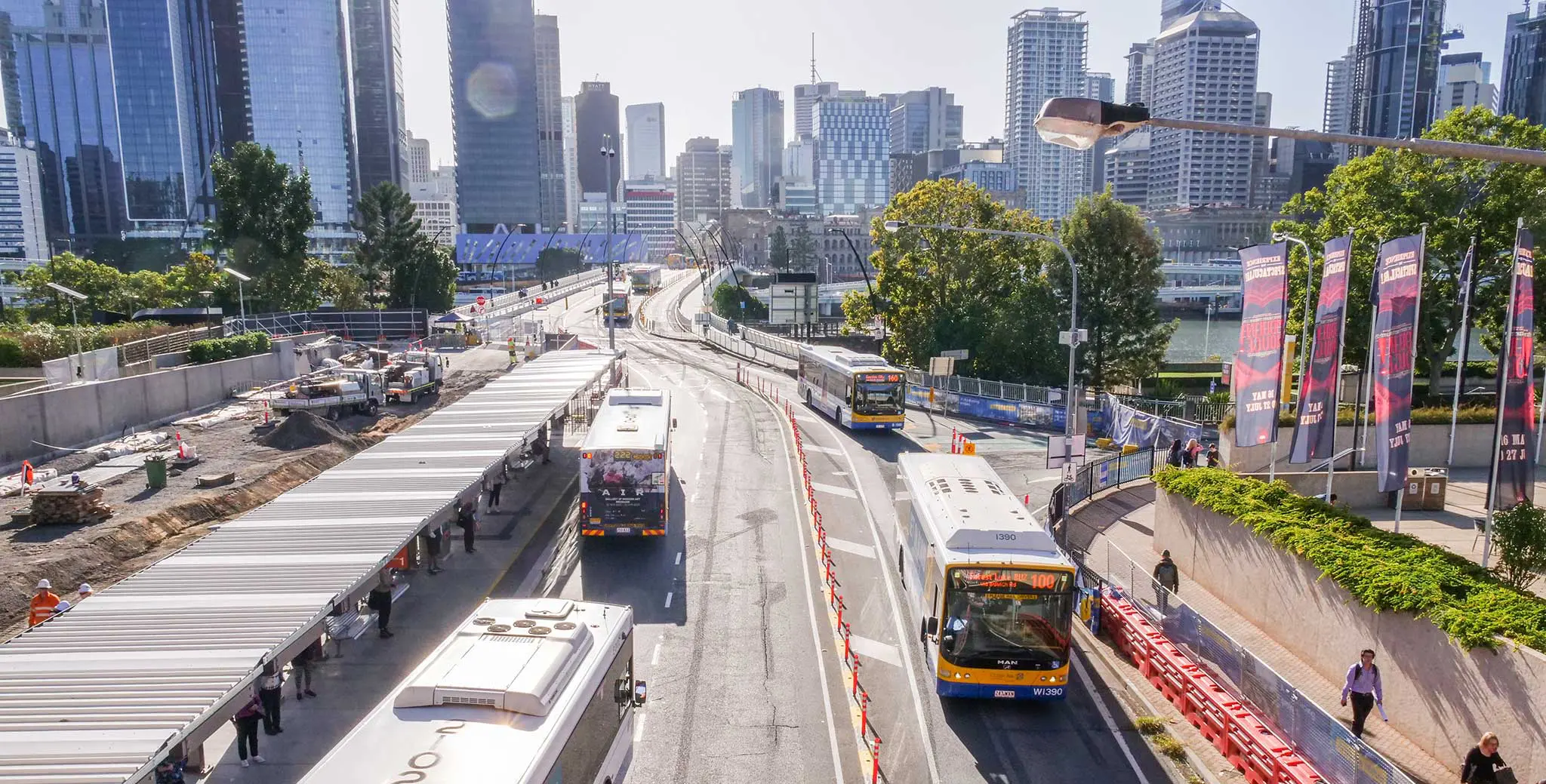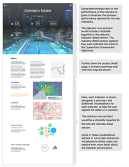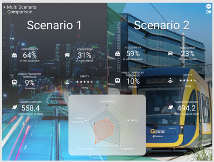
SEQ Evaluation Framework
End client
Queensland Department of Transport and Main Roads
Services
Location
In 2019 VLC was engaged to develop a ‘proof of concept’ tool that allowed for the comparison of transport and land use scenarios by quantifying strategic planning objectives in key planning policies including Shaping SEQ. As an extension to this piece of work, VLC was later engaged to develop the backend code for a Tableau visualisation tool which could be used to communicate the outcomes of modelled scenarios in the context of achieving these strategic planning objectives. In 2022, VLC was engaged to refine the road safety metric of the tool to improve its rigour and utility.
Client requirements
TMR wanted to develop a tool to evaluate how planned land use and infrastructure scenarios align with strategic objectives. This tool required an understanding on how outcomes are quantified, as well as the roles and needs of different stakeholders working in these areas. The overall project requirement was to develop an evaluation framework that could be built to access and compare scenarios.
The next piece of work involved developing a visualisation tool that would be used to compare transport and land use scenarios in terms of their strategic planning outcomes. This included developing the backend code to calculate metrics and store results in a database that would interface with a Tableau tool being developed internally.
In the most recent work, VLC refined the calculation of the safety metric to assign crash rates to links based on the Australian National Risk Assessment Model (ANRAM) crash rates which predict crash rates based on road infrastructure (such as road geometry, safety treatments such as audible line marking and barriers, shoulder widths, lane widths, wide centrelines, etc).
Delivered outcome
VLC delivered process recommendations and a methodology report on the development of an evaluation framework and conceptual tool for comparison of transport and land use scenarios. VLC used its experience in transport research, planning, policy, and transport modelling and analytics to deliver to the client.
In the next piece of work, VLC delivered backend code to inform a visualisation tool allowing for the comparison of transport and land use scenarios by quantifying strategic planning objectives in key planning policies including Shaping SEQ. The tool displayed metrics quantifying accessibility to jobs, excessive congestion, public transport patronage, greenhouse gas emissions and safety.
In the most recent work, VLC produced an updated codebase that incorporated the refined methodology to calculate the road safety metric. Deliverables included an updated backend code for the road safety metric and a summary report clearly detailing the methodology for calculating refined crash rates for both base and future year scenarios. VLC also included functionality for manual crash rate overrides to provide a capability for planners to test projects which improve the safety rating of a network.

